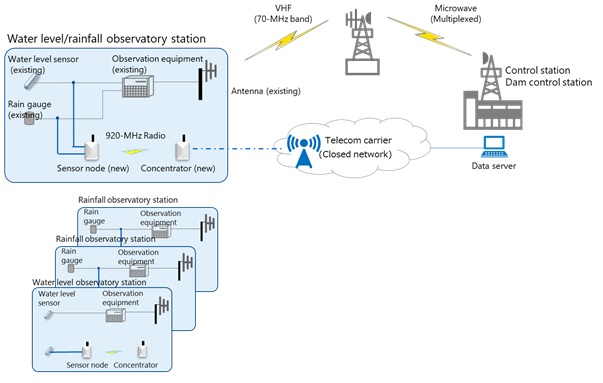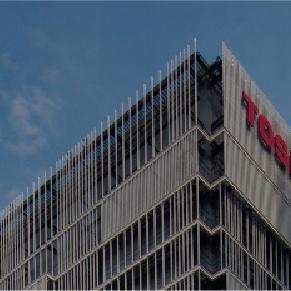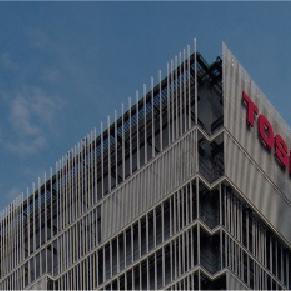Toshiba's Low Power IoT Solution (LPIS) for J-Power to Start Operation
NEWS RELEASE
Digital Transformation
New products / services
Order received / delivery
Toshiba Energy Systems & Solutions Corporation
- Reliable data transmission from rain gauges and water level sensors
- Compact and easy-to-manage IoT solution
- Optimized as a low-cost backup solution and for data collection in hard-to-access mountainous regions
Kawasaki, Japan — Toshiba Energy Systems & Solutions Corporation (hereinafter, “Toshiba ESS”) today announced that the Low Power IoT Solution (LPIS) supplied to Electric Power Development Co., Ltd. (hereafter referred to as “J-Power”) has begun operation across the four water level and rainfall observatory stations in the Kii Peninsula in western Japan. The LPIS has the benefit of being compact, enabling easier installation and handling, and allows for reliable transmission of data without much interference from meteorological conditions.
The LPIS for J-Power consists of wireless devices called sensor nodes and concentrators. Concentrators collect the data transmitted from the sensor nodes using LPWA*1 low power, multi-hop wireless technology*2 in 920-MHz band, and forward the data using WAN.*3
In the observatory station where the Low Power IoT Solution is deployed, a telemetry system using VHF radio (70-MHz band) has been installed as part of the hydropower facility. However, issues such as abnormal radio propagation (sporadic E-layer*4), equipment failure, and maintenance prevented the receiver from receiving the data from the water level sensors and rain gauges at times. The LPIS with LPWA technology has the benefit of being versatile, allowing data collection without using a complicated system, and thus is expected to be used as a cost-effective backup solution for critical applications such as this.
Toshiba ESS has previously adopted LPWA technology in field experiments to demonstrate the viability of a river and stream water level monitoring system in Hokkaido from 2018 to 2019. Promising results were obtained, and Toshiba ESS proceeded the commercialization of the LPIS using LPWA technology.
The concentrators are equipped with lightning surge protectors and an uninterruptible power supply (UPS), while the sensor nodes are designed to be operated with dry cell batteries, allowing the operations to be uninterrupted even with frequent power outages on site. The data collected in the concentrators is transmitted to J-Power servers in the Kii Peninsula in western Japan via an LTE cellular network.
The sensor nodes and concentrators used in this project were manufactured by the Fuchu operations operated by Toshiba ESS. This proposed solution was chosen due to its compactness and versatility, enabling data collection back-up systems to be built with ease.
Yasutaka Arai, Project Manager of the Toshiba ESS DX Business Design Project Team, said, “We are confident that this new digital solution can be applied across many sectors, including the energy and industrial sectors.” He added, “Toshiba ESS is striving to become one of the world's leading CPS*5 technology companies, and beginning with the LPIS, we will be continuing to provide various other IoT services.”
There are more than 1,500 hydroelectric power plants and there exists a need for collecting data in the mountainous regions in Japan. Therefore, the LPIS as a low-cost, high-reliability solution for data collection is expected to maximize efficiency for the use of natural energy resources.
*1: LPWA (Low Power Wide Area): A type of wireless telecommunication, wide area network designed to allow long-range communications at a low bit rate.
*2: A type of communication in which the network coverage area is made larger by using a data relay method.
*3: WAN (Wide Area Network): A telecommunications network that extends over a large geographical area.
*4: An unusual form of radio propagation using characteristics of the Earth's ionosphere that causes interference due to
anomalous propagation.
*5: CPS (Cyber Physical Systems): CPS collect data from the physical world to be analyzed and processed using digital
technology. CPS create value through a constant feedback loop between the cyber and physical worlds.
System Image

Information in the news release, including product prices and specifications, content of services and contact information, is current on the date of the news release , but is subject to change without prior notice.





